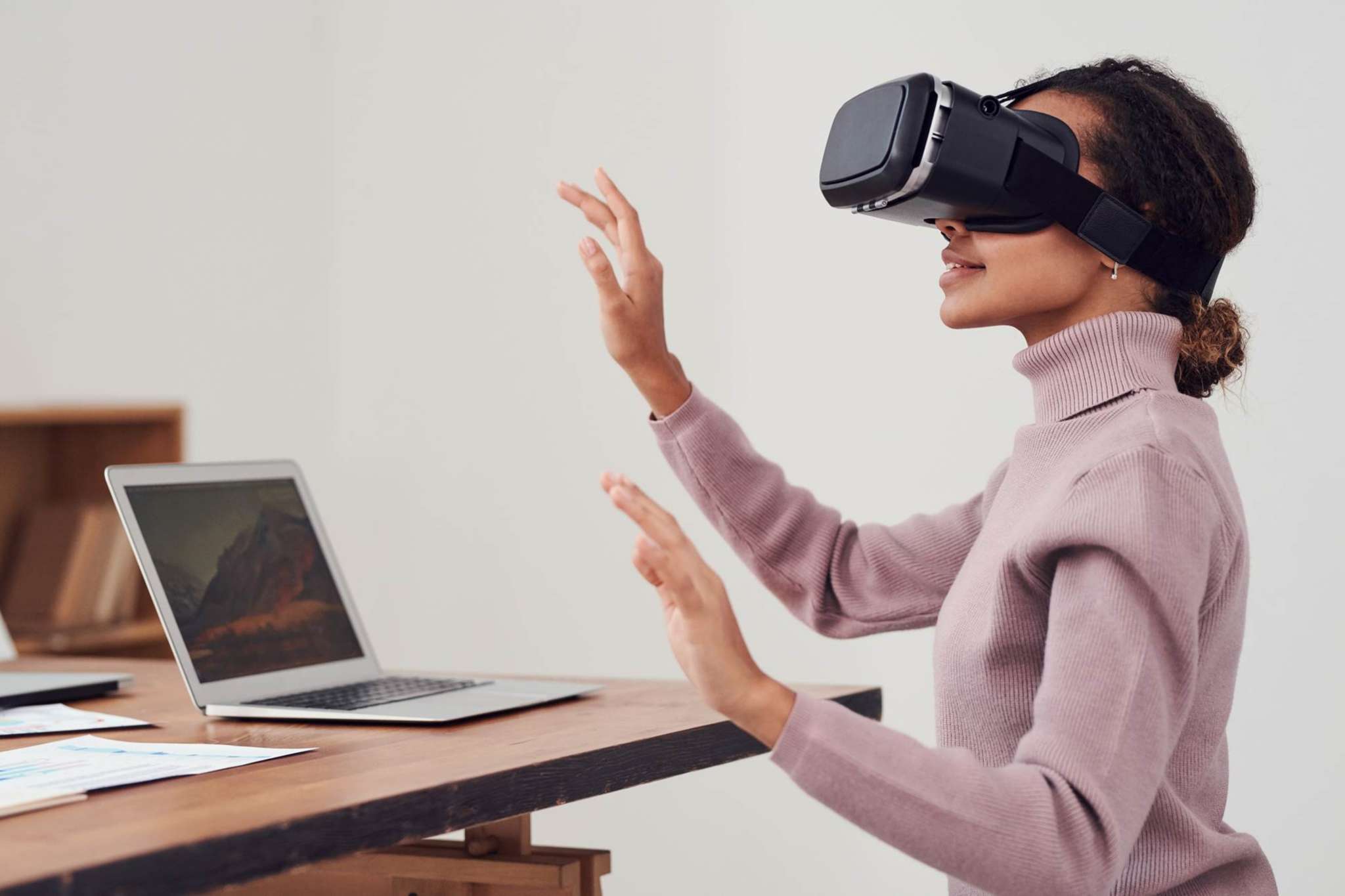Although they were the talk of the town just a few months ago, the metaverse and Web 3.0 seem to have drawn less positive press in recent weeks. This turn of events might drive the luxury goods sector — despite some successful ventures into this brave new world, such as Gucci’s Vault, or Tiffany’s “NFTiff” — to take a cautious approach in 2023, waiting to see if the phenomenon really takes off… or falls flat.
The recent setbacks suffered by Facebook’s parent company, Meta — a fervent advocate of the Internet of the future — along with the demise of some cryptocurrencies must be put into perspective. They should not be used as excuses to ignore the potential of the metaverse and Web 3.0 for the luxury goods sector.
This potential is all the more enticing since this new playground and the luxury goods sector both share the same intrinsic values, although they may not be aware of it. Indeed, both worlds have the notions of exclusivity and personalization embedded in their mutual DNA. That is the very essence of the luxury sector, and it is echoed in the virtual world by non-fungible tokens (NFTs). NFTs ensure traceability and authenticate ownership — crucial aspects for the luxury industry in the fight against counterfeiting.
Customer loyalty and experience
Both worlds also play on desirability. A carefully crafted customer experience is the signature identity of luxury brands. That can be extended into augmented reality (virtual elements superimposed on the physical world) and virtual reality (an immersive 3D universe), with a potential aesthetic dimension in the dramatization of the product. They also share the notion of prestigious locations. Just as the luxury industry has its Avenue Montaigne or Place Vendôme in the physical world, the metaverse has exclusive locations of its own, highly selective virtual geographic neighborhoods such as those being formed in The Sandbox with a limited number of premium locations.
The direct resonance between the two worlds of technology and luxury goods seems quite a natural fit, much more so than with other economic sectors. So, what to do next? And how? Without a doubt, the luxury sector could start investing in two areas in particular this year.
First, customer loyalty, where there is an opportunity for reinvention in Web 3.0. Whereas today, in the physical world, the range of suggestions for attention is relatively limited and usually segmented based on past purchases, the virtual world offers far more options. And the possibilities for personalization are endless.
By issuing NFTs themed around a collection, an artistic field, a particular area of expertise or interest, and so on, companies will be able to address their customers in a highly targeted and nuanced way. And they will be able to offer those specific communities information, virtual events, and exclusive products in that alternative universe — a sort of community leadership 3.0 — with a high degree of granularity. In terms of suggestions for the customer’s attention, the possibilities are limitless! Such as an invitation to vote on the features of a new product, access to an event in the real world or in the metaverse, etc. The sky is the limit in the real world… but not even that limit exists in the metaverse!
Another area worth exploring is the customer experience. Brands can transform any visit to the store into a memorable moment. By virtue of their immersive dimension, the metaverse and Web 3.0 offer more ways to make the experience even more unique and unforgettable, e.g., with sensory experiences (tactile “through the screen” via haptic technologies, olfactory via synthesized scents, spatialized audio via earbuds or headphones, etc.), either totally in the metaverse, or with a strong link between the physical and the digital world. A high-end and personalized phygital experience to pamper the brand’s customers, be they big or small, is a far cry from everyday online retail.
But to successfully venture into this new arena, more than simply touting it in announcements that may draw some press coverage, it is important to ask the right questions. Each brand must examine its own positioning, its own challenges. Both with respect to the brand itself, and considering the specific space represented by the metaverse and Web 3.0. Is the brand trying to appeal to a younger customer base? Is it striving to break into new markets? Or simply consolidating its desirability in key markets, particularly in Asia, where consumers are partial to the digital world? Does it want to develop an even more advanced phygital experience? It is essential to define a precise objective for the virtual universe, consistent with the company’s strategy, without necessarily being identical.
Where brands have a trump card to play is in their ability to invest heavily in artistic creation. I would go so far as to draw an analogy with the world of video games: by investing in the development of real studios, the luxury sector can go a long way towards projecting the brand’s universe into that still virgin space.
On the other hand, it is important to assess the availability and maturity of the technologies in relation to the stakes set out by the brand. It is already possible to design virtual stores in the metaverse, but how much rendering is appropriate for each brand? Do the technologies live up to the quality of experience criteria required by the brand? At the very least, 2023 is the right time to start actively monitoring this technological ecosystem. And it is essential to have people capable of understanding and mastering the laws of the metaverse and Web 3.0 while staying true to the brand’s identity. In 2023, the challenge for the luxury sector will be to take what it does so well for its customers — personalization, audacity, inspiration — and incorporate that into its digital strategy.




